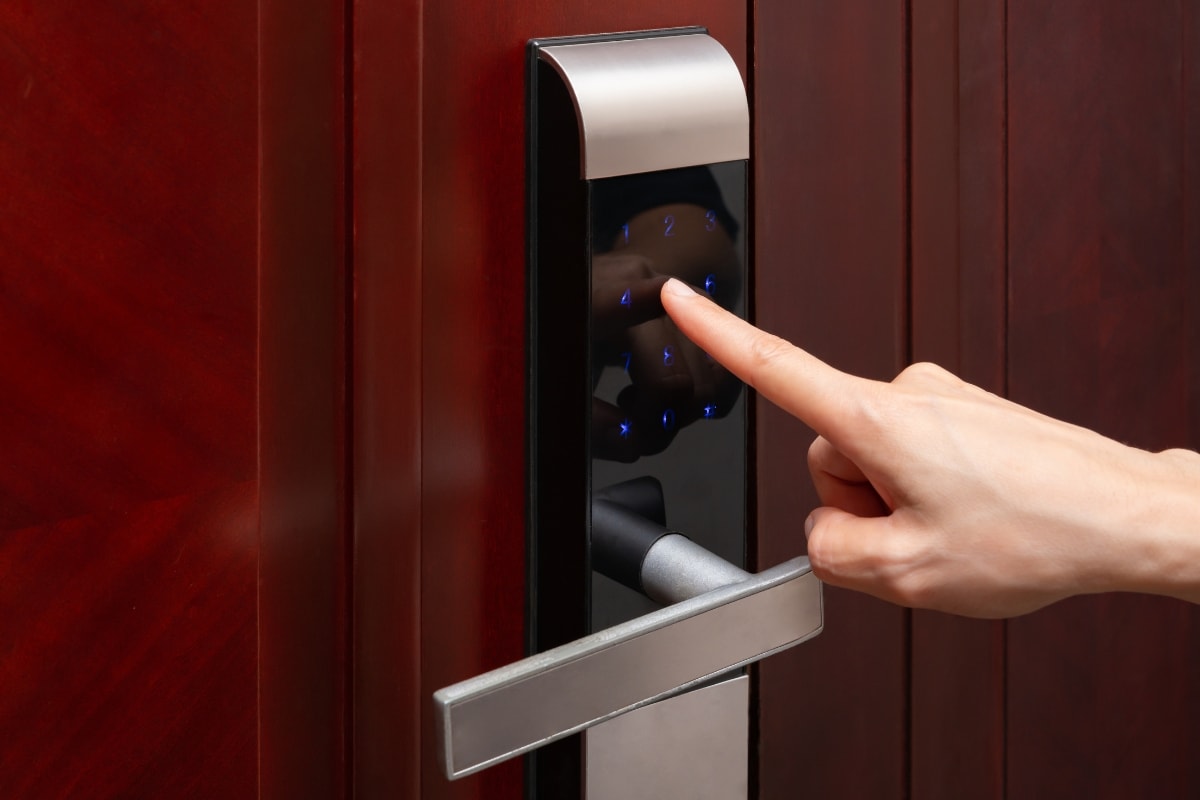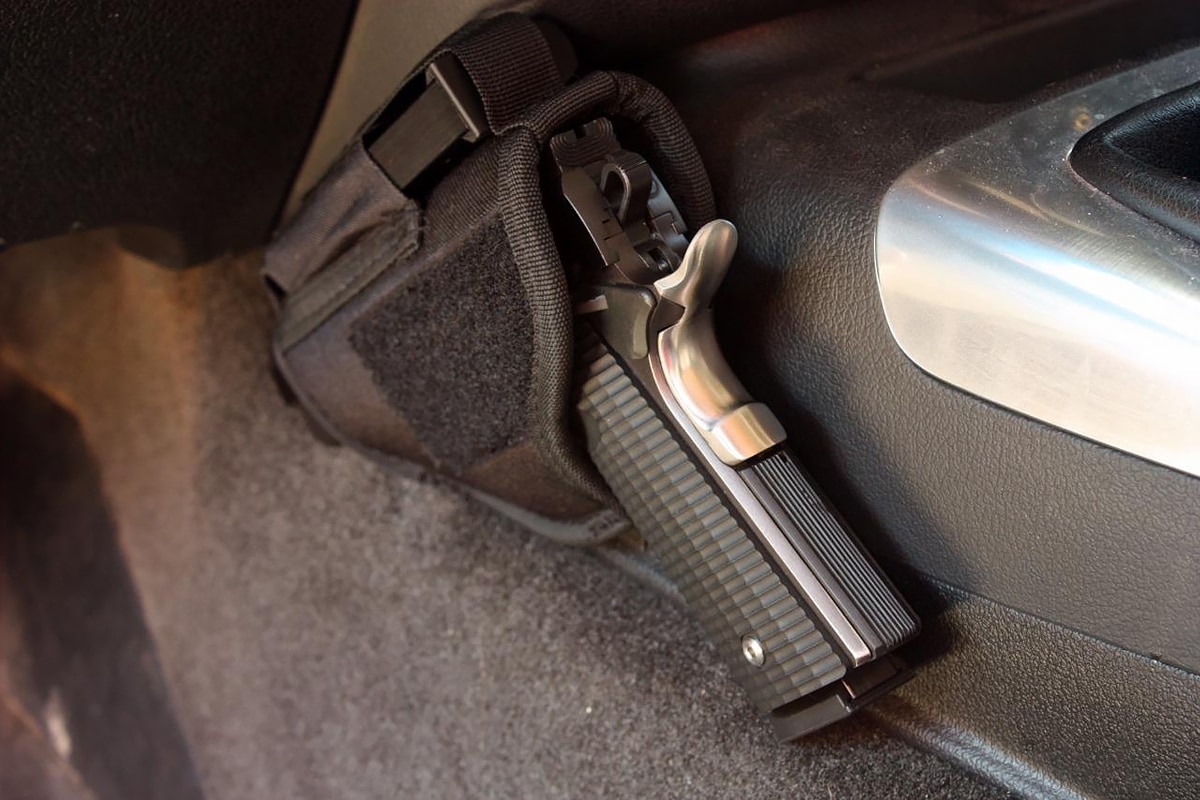Human guards may secure a door, but they are expensive. Using keys is a low-cost alternative, with each key costing only a few dollars. However, when a key may have been copied, lost or stolen, it takes hours to track down all remaining keys, rekey locks and distribute new keys.
If you assume that it costs $8 an hour to pay someone to round up old keys and distribute new ones, replacing a hundred keys at the rate of four per hour costs $8 by 25 hours or $200. The cost of re-issuing keys goes up when a security guard has to track down old keys, determine if a key is lost or actually stolen or find people who may no longer be with the company.
This effort is wasted when it has to be done again after someone leaves the company with the old keys or a break-in is tracked to a stolen key. And all of this is on top of the cost of the lock installation.
Electronic Locks
Electronic locks, also called electronic access control systems, first appeared in the 1970s. The electronic locks were used in prisons first before being adopted by large businesses who wanted to maintain their access control measures without the hassle of keys. Only those with the right to access an area are given the code.
There are several types of electrified locks. Electrified locks can be divided into two groups: those that use a mechanical device for locking and unlocking, also called electromechanical locks, and electromagnetic locks, magnetic locks for short.
Electrified mortise locks are a variation of the mortise locks used on most front doors, and electric lock installation can be done on doors that already have mortise locks.
Electric mortise locks are standard mortise locks with an additional solenoid that prevents the deadbolt from retracting from the outside unless the solenoid is disengaged. However, these locks will still let you open it manually from the inside or secure side of the door.
Electrified panic hardware is a form of emergency exit. Electrified panic hardware automatically unlocks all doors in an emergency or opens all doors at the command of an access control system so that people can exit.
Electric strikes use a strike plate held and released by a solenoid. When the door strike is released, the door can be opened. Electrified cylinder lock sets have a solenoid inside of them to control the lock function. There are both fail-safe and fail-secure versions of the electrified cylinder lock. This type of electric lock is rather insecure since it does not resist attack by someone with right-hand tools.
Magnetic locks have become the standard electronic locks in security systems today. They fit any type of door and door frame; magnetic locks are not legal on most fire doors. Magnetic locks can be surface-mounted – thus visible – or shear, which means that they are concealed in the door, frame or floor. The lock installation for this type of lock is not necessarily more expensive than conventional locks unless the existing door frame needs to be modified for concealed magnetic locks.
Benefits of Electronic Locks
Electronic locks cannot be picked. If the code is leaked to an unauthorized party or figured out by a visitor, the code can be changed immediately at the control computer.
No one can get past the electronic locks without the new code once the access code in the computer is changed. This is the fastest access control change available.
Electronic locks can be retrofitted on doors that already have mortise key locks, adding another layer of security. Electronic locks can be added to doors that have been recently damaged, allowing you to add a form of access control while developing a long-term security plan.
Concerns About Electronic Locks
If electronic locks are used, the door will not open unless power to the control panel or there is a manual override.
Power outages do not mean that the electronic locks won’t work. Most electronic access control systems have battery backups in the control panel itself or are powered by generators or on-site batteries. This means that the access controls will still work even when the power is out.
For doors with electronic locks, loss of power to the control panel may prevent someone from getting in, but it will not prevent emergency exits from working. Electronic locks only work when codes are kept secret, so users must still take care to keep passcodes secret.
Security professionals cannot allow the default door code to remain in use, and it is best if owners regularly change the codes for their electronic locks.
When Are Electronic Locks Right for You
Electronic locks are ideal for businesses that must frequently change keys or door codes, such as large office buildings, storage facilities, and those that must be high security. Electronic locks work well in residential buildings and public areas of private buildings.
Electronic locks are not the right choice if an area is prone to flooding. Electronic locks based on door codes shouldn’t be used in service environments where staff has their hands full, such as when servers are carrying plates of food into a nursing home’s dining room.
Electronic locks have come down in price since the 1970s when a system costs $100,000. While they are now quite affordable, electronic locks may not be necessary for a personal home.









